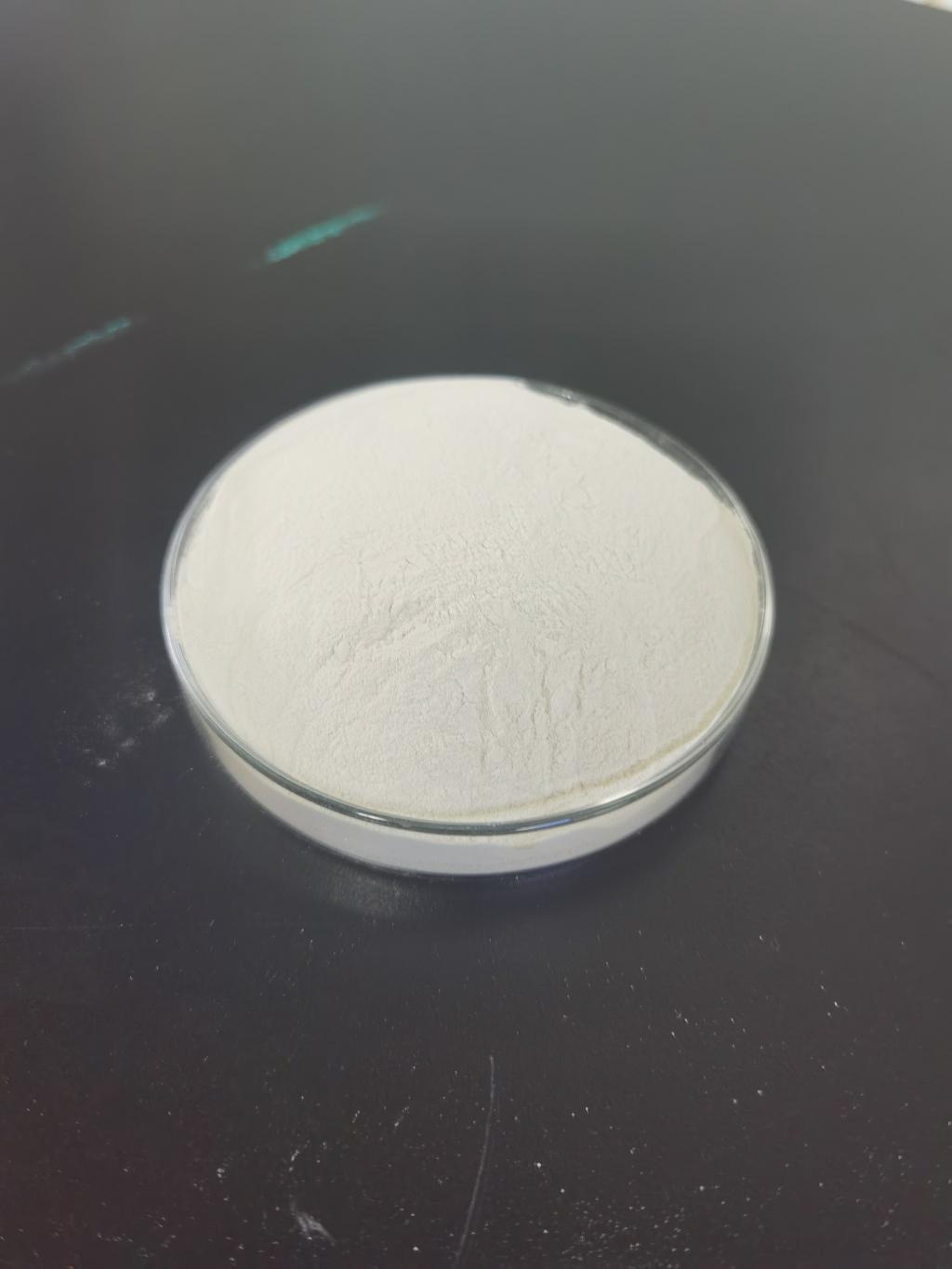Tel:+8618231198596

News
 CONTACT
CONTACT
 CONTACT
CONTACT
- Linkman:Linda Yao
- Tel: +8618231198596
- Email:linda.yao@dcpharma.cn
- Linkman:CHARLES.WANG
- Department:Overseas
- Tel: 0086 0311-85537378 0086 0311-85539701
News
The Future of Food Preservation: Nisin's Growing Significance
TIME:2024-01-11
1. Introduction:
With the global population projected to surpass 9 billion by 2050, the need for efficient and sustainable food preservation methods has never been more critical. Traditional preservatives, often associated with health and environmental concerns, are facing scrutiny, paving the way for natural alternatives. Nisin, derived from bacteria like Lactococcus lactis, is gaining prominence for its antimicrobial properties, and this article explores its growing significance in shaping the future of food preservation.
2. Nisin: A Natural Antimicrobial Powerhouse:
Nature's Defense Mechanism:
Nisin serves as a potent natural defense mechanism against harmful bacteria. Produced through fermentation, its innate antimicrobial properties make it an attractive candidate for replacing or complementing traditional preservatives.
Versatility in Action:
Nisin exhibits versatility in its antimicrobial action, being particularly effective against Gram-positive bacteria. Its broad-spectrum activity extends its application across various food categories, from dairy and meat products to processed and ready-to-eat foods.
3. Sustainable Practices in Food Preservation:
Reducing Environmental Footprint:
One of the significant advantages of Nisin lies in its potential to contribute to more sustainable food production practices. The production process, primarily involving fermentation, aligns with the industry's shift towards eco-friendly alternatives, reducing the environmental footprint associated with traditional preservatives.
Integration with Green Packaging:
The synergy between Nisin and modern food packaging techniques not only enhances food safety but also promotes the use of sustainable packaging materials. As the world seeks to reduce plastic waste and adopt greener alternatives, Nisin's role in eco-friendly packaging becomes increasingly significant.
4. Nisin's Role in Combating Foodborne Illnesses:
Rising Concerns:
Foodborne illnesses pose a substantial global health burden, necessitating effective preventive measures. Nisin's ability to inhibit the growth of pathogenic bacteria in food products presents a promising solution to mitigate the risks associated with contaminated food.
Enhanced Safety in Ready-to-Eat Foods:
The popularity of ready-to-eat and minimally processed foods has amplified the risk of microbial contamination. Nisin emerges as a safeguard, ensuring that these convenience products remain safe for consumption throughout their shelf life.
5. Innovations in Nisin Applications:
Combating Antibiotic-Resistant Bacteria:
The rise of antibiotic-resistant bacteria poses a considerable threat to public health. Nisin's potential role in combating these resistant strains opens up new avenues for research and innovation. The development of Nisin-based solutions as alternatives to traditional antibiotics could mark a paradigm shift in addressing bacterial resistance.
Nisin Nanocarriers:
Innovative delivery systems, such as nanocarriers loaded with Nisin, present exciting prospects for controlled release and targeted antimicrobial action. This not only enhances the efficacy of Nisin but also opens doors to diverse applications in food preservation.
6. Regulatory Landscape and Consumer Awareness:
Navigating Regulatory Challenges:
The integration of Nisin into food preservation practices is not without its regulatory challenges. A thorough understanding of these challenges, coupled with proactive engagement with regulatory authorities, is crucial to ensuring the widespread acceptance and adoption of Nisin-based solutions.
Consumer Demand for Natural Preservation:
As awareness about the potential health risks associated with synthetic preservatives grows, consumers are actively seeking natural and clean-label alternatives. Nisin, with its natural origin and proven safety profile, aligns with this consumer demand for transparency and natural preservation methods.
7. Global Applications and Success Stories:
Case studies from around the world highlight the successful applications of Nisin in diverse food industries. From extending the shelf life of dairy products to enhancing the safety of processed meats, these success stories underscore the versatility and effectiveness of Nisin in real-world scenarios.
8. Collaboration and Research Opportunities:
The future of food preservation with Nisin at its core requires collaborative efforts between researchers, industry stakeholders, and regulatory bodies. Opportunities for research abound, from optimizing production processes to exploring novel applications in emerging food trends.
9. Conclusion:
As the global community strives to address the challenges of food security, sustainability, and safety, Nisin's growing significance in the future of food preservation cannot be overstated. Its natural origin, broad-spectrum antimicrobial action, and potential for innovative applications position Nisin as a cornerstone in shaping a more resilient, sustainable, and secure global food supply chain. The ongoing research, collaborations, and advancements in Nisin-based technologies hold the promise of a future where food preservation is not only effective but also aligned with the principles of health and environmental responsibility.
- Tel:+8618231198596
- Whatsapp:18231198596
- Chat With Skype







